Home>Garden Essentials>Why Can’t Plants Germinate In Salt Water
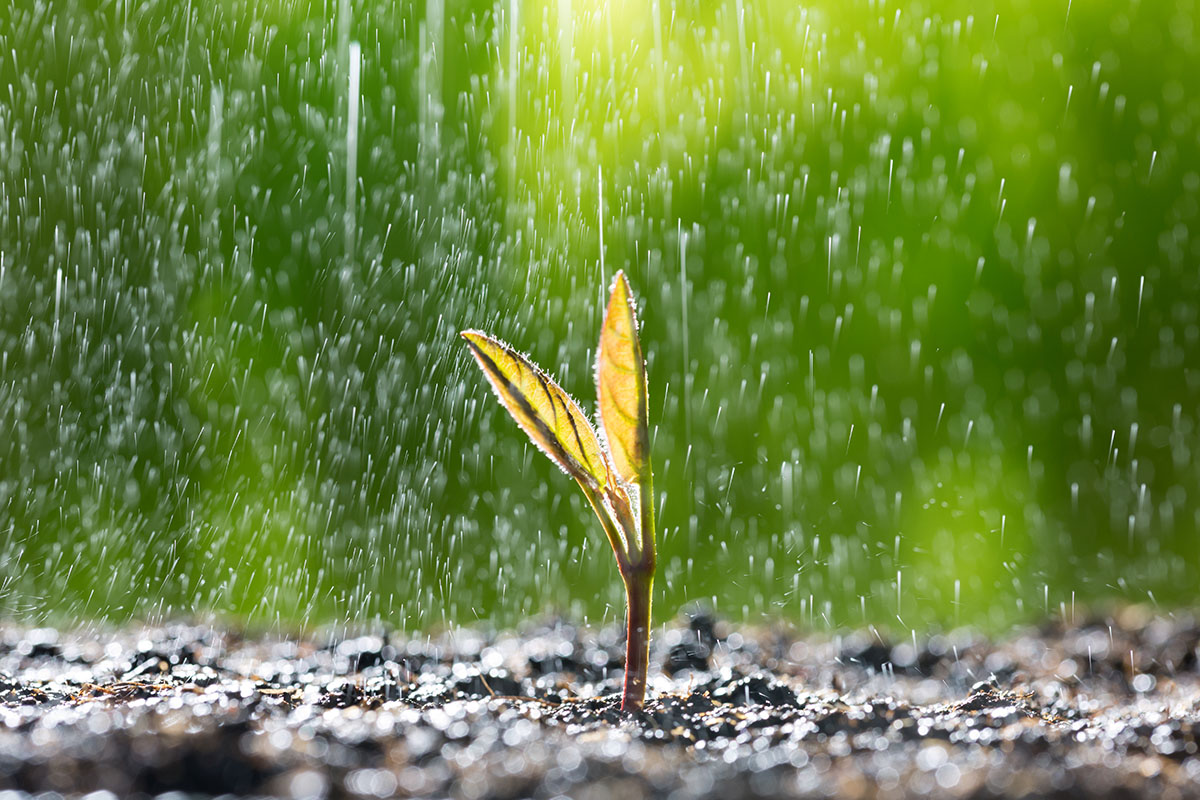

Garden Essentials
Why Can’t Plants Germinate In Salt Water
Modified: March 24, 2024
Discover why plants cannot germinate in saltwater and find out how to create a successful garden with tips and tricks.
(Many of the links in this article redirect to a specific reviewed product. Your purchase of these products through affiliate links helps to generate commission for Storables.com, at no extra cost. Learn more)
Introduction
Welcome to the world of plant germination, where seeds come to life and turn into thriving plants. The process of germination is a fascinating journey that involves the activation of dormant seeds and their transformation into seedlings. However, not all environments are conducive for this process to occur. One such barrier to germination is the presence of salt water.
While plants generally thrive in freshwater environments, they face numerous challenges when exposed to salt water. It is well-known that the high salt content in seawater and saline soils can inhibit the germination of many plant species. This raises the question: why can’t plants germinate in salt water?
In this article, we will explore the factors that contribute to the inhibitory effect of salt water on germination. We will also delve into the mechanisms behind this phenomenon and discuss how certain plants have evolved adaptations to overcome this obstacle. Additionally, we will consider potential solutions for germinating plants in salt water.
So, let’s dive in and uncover the mysteries behind why plants struggle to germinate in salt water.
Key Takeaways:
- Salt water inhibits plant germination by causing water loss, disrupting enzyme activity, and impairing nutrient uptake, presenting a challenge for growing plants in saline environments.
- Halophytes, specialized plants that thrive in salt water, have evolved unique adaptations to cope with high salt concentrations, offering insights for potential solutions to assist non-halophytic plants in germinating and growing in salt water.
Read more: Why Cant You Recycle Pizza Boxes
Understanding Plant Germination
Before we delve into the inhibitory effect of salt water on plant germination, it is essential to understand the process itself. Germination is the initial stage of a plant’s life cycle, where a seed transitions from a dormant state to an actively growing seedling. This process is triggered by specific environmental conditions, such as the right temperature, moisture, and oxygen levels.
When a seed is exposed to favorable conditions, it absorbs water through its outer seed coat, causing it to swell. As a result, the protective seed coat cracks open, and a tiny root called the radicle emerges. This root anchors the plant in the soil and absorbs nutrients and water. Simultaneously, a shoot called the hypocotyl emerges from the seed, eventually growing up towards the sunlight. The hypocotyl eventually develops into the stem and leaves of the young plant.
Throughout germination, the seed relies on its stored energy reserves to fuel its growth until it can produce its own food through photosynthesis. Once the plant has successfully germinated, it continues to grow and develop, eventually reaching its full potential.
Now that we have a basic understanding of the germination process, let’s explore how salt water interferes with this natural progression.
The Effect of Salt Water on Germination
Salt water, whether from the ocean or saline soils, poses a significant challenge to plant germination. The high levels of salt, particularly sodium chloride (NaCl), in saltwater environments can disrupt the delicate balance required for seed germination to occur.
When seeds are exposed to salt water, the salt concentration outside the seed is higher than inside. This creates an osmotic imbalance, resulting in the loss of water from the seed. As a consequence, the seed dries out and becomes dehydrated, preventing the necessary water absorption for germination to take place.
Furthermore, the presence of salt in the surrounding soil or water can inhibit enzymes required for breaking down reserve compounds in the seed. These reserve compounds, such as starches and proteins, provide the energy and nutrients necessary for seedling growth. With impaired enzyme activity, the seeds struggle to access the stored energy reserves and fail to initiate germination.
Additionally, excess salt in the environment can disrupt the delicate water and nutrient uptake processes of the seedlings. Salt interferes with the plant’s ability to regulate water balance, leading to dehydration and reduced nutrient absorption. This further hinders the growth and development of the germinating seed.
Overall, the inhibitory effect of salt water on germination can be attributed to water loss, disrupted enzyme activity, and impaired water and nutrient uptake. Let’s now explore the mechanisms behind this inhibitory effect.
Mechanisms Behind Salt Water’s Inhibitory Effect
The inhibitory effect of salt water on plant germination can be attributed to several mechanisms that disrupt the normal physiological processes of the seeds. One primary mechanism is osmotic stress caused by the high salt concentration in the surrounding environment.
When seeds are exposed to salt water, they experience an osmotic imbalance. Water moves from areas of lower salt concentration, such as the seed, to areas of higher salt concentration, such as the surrounding saline environment. As a result, the seeds lose water and become dehydrated, preventing germination from occurring.
The high salt concentration in salt water also interferes with enzyme activity. Enzymes are essential for breaking down complex compounds, such as starches and proteins, into simpler forms that can be utilized by the growing seedling. However, excess salt can disrupt enzyme function, impairing the breakdown of these reserve compounds and depriving the seedlings of the necessary nutrients and energy for growth.
Furthermore, salt water affects the seedlings’ ability to regulate water balance. Excess salt interferes with the plant’s water uptake process, resulting in reduced water absorption by the roots. This leads to dehydration and the inhibition of essential processes within the seedlings, ultimately stunting their growth.
Another mechanism behind the inhibitory effect of salt water is ion toxicity. Sodium ions (Na+) and chloride ions (Cl-) are the primary components of salt, and their accumulation in the plant tissues can be toxic. These ions disrupt cellular processes, such as nutrient uptake and enzyme function, hindering the normal growth and development of the germinating seedlings.
Overall, the inhibitory effect of salt water on germination is mediated by the osmotic stress, disruption of enzyme activity, impaired water balance, and ion toxicity. Despite these challenges, certain plant species have evolved remarkable adaptations to thrive in saline environments. Let’s explore these adaptations in the next section.
Plants can’t germinate in salt water because the high salt concentration draws water out of the plant’s cells, causing dehydration and preventing germination.
Adaptations of Halophytes to Salinity
In contrast to most plant species that struggle to germinate in salt water, there are certain plants known as halophytes that have evolved remarkable adaptations to thrive in saline environments. These plants have developed specific mechanisms to cope with the osmotic stress and ion toxicity associated with high salt concentrations. Let’s explore some of their key adaptations.
One adaptation of halophytes is the ability to tolerate high salt concentrations in their tissues. They have specialized structures and physiological processes that minimize the toxic effects of salt by compartmentalizing the ions or excreting them through specialized glands. Some halophytes even have mechanisms to actively exclude salt from their roots, preventing its uptake into the plant.
Halophytes also have unique osmoregulation mechanisms. They accumulate compatible solutes, such as proline and glycine betaine, within their cells. These solutes help maintain osmotic balance by counteracting the high salt concentration and preventing water loss from the cells. This adaptation allows halophytes to survive in saline environments without experiencing drought stress.
Furthermore, halophytes possess specialized root structures that enhance their ability to survive in saltwater. They may have longer root systems to reach deeper soil layers where the salt concentration is lower. Some halophytes also develop salt glands on their leaves or stems to excrete excess salt, preventing its build-up in the plant tissues.
In terms of reproductive strategies, many halophytes have adapted their seed germination processes to tolerate high salt concentrations. They may delay germination until they are washed away by freshwater or rely on the influx of rainwater during the rainy season to wash away the salt and trigger germination. This allows the seeds to avoid the inhibitory effects of salt water.
These adaptations of halophytes highlight their remarkable ability to survive and thrive in saline environments. By understanding the mechanisms behind their adaptations, scientists can explore potential solutions for germinating non-halophytic plants in salt water.
Read more: How To Germinate A Plant
Potential Solutions for Germination in Salt Water
The inhibitory effect of salt water on germination presents a significant challenge for growing plants in saline environments. However, researchers and scientists have been exploring potential solutions to overcome this obstacle. While the development of these solutions is still ongoing, there are several promising approaches that show potential for germinating plants in salt water.
One approach is the use of biostimulants or seed priming techniques. Biostimulants are substances that enhance plant growth and development. They can include seaweed extracts, humic acids, or microbial-based products. By treating seeds with these biostimulants or priming them with specific solutions, researchers aim to improve seed water absorption and nutrient availability, enabling germination even in the presence of salt water.
Another strategy involves genetic engineering and the identification of salt-tolerant genes. Scientists are exploring the genes present in halophytes that confer salt tolerance and attempting to transfer these genes to non-halophytic plants. By enhancing the salt tolerance of these plants, they may be able to successfully germinate and grow in saline environments.
Hydroponic systems and controlled environment agriculture also offer potential solutions for germinating plants in salt water. Hydroponics involves growing plants in a water-based, nutrient-rich solution instead of soil. By carefully controlling the salt content of the nutrient solution, it is possible to provide an optimal environment for germination and plant growth, even in salt water.
Furthermore, desalination techniques may play a role in overcoming the inhibitory effects of salt water. Desalination involves removing the salt and other impurities from seawater or saline water, making it suitable for agricultural use. While desalination on a large scale is currently expensive and energy-intensive, advancements in technology may make it more accessible in the future.
It is also worth noting that focusing on salt-tolerant or halophytic plant species for cultivation in saline environments is an effective solution. By selecting and cultivating plants that have evolved natural adaptations to thrive in salt water, we can bypass the barriers posed by salt water on germination.
While these potential solutions hold promise, it is important to continue research and development in this area to find viable and sustainable methods for germinating plants in salt water. With the increasing global demand for food production, exploring and implementing these solutions are crucial for ensuring food security in regions affected by salinity.
Conclusion
The inhibitory effect of salt water on plant germination presents a significant challenge for growing plants in saline environments. The high salt concentration in saltwater disrupts osmotic balance, impairs enzyme activity, and hinders water and nutrient uptake, preventing seeds from successfully germinating. However, through understanding the mechanisms behind this inhibitory effect, as well as studying the adaptations of halophytes to saltwater, potential solutions are being explored.
Halophytes, specialized plants that thrive in saline environments, have developed unique adaptations to cope with high salt concentrations. These adaptations include salt tolerance mechanisms, osmoregulation processes, specialized root structures, and delayed germination strategies. By studying and understanding these adaptations, researchers can work towards developing strategies to assist non-halophytic plants in germinating and growing in salt water.
Promising potential solutions for germination in salt water include the use of biostimulants and seed priming techniques to enhance seed water absorption and nutrient availability. Genetic engineering, focused on transferring salt-tolerant genes, offers another avenue for improving salt tolerance in non-halophytic plants. Hydroponic systems and controlled environment agriculture provide controlled conditions to optimize germination and growth in saline environments. Desalination techniques may also play a role in providing fresh water for agricultural use in salt-affected regions.
It is important to note that further research and development are necessary to fine-tune and implement these solutions on a larger scale. As the global demand for food production continues to rise, finding ways to germinate plants in salt water is crucial for ensuring food security in areas affected by salinity.
In conclusion, while plants face immense challenges when exposed to salt water, ongoing efforts in understanding the inhibitory effects and exploring potential solutions offer hope for overcoming these obstacles. By harnessing the knowledge gained from halophytes and employing innovative techniques, we can pave the way for germinating plants in salt water, ultimately contributing to sustainable agriculture and the ability to grow plants in previously challenging environments.
Frequently Asked Questions about Why Can't Plants Germinate In Salt Water
Was this page helpful?
At Storables.com, we guarantee accurate and reliable information. Our content, validated by Expert Board Contributors, is crafted following stringent Editorial Policies. We're committed to providing you with well-researched, expert-backed insights for all your informational needs.
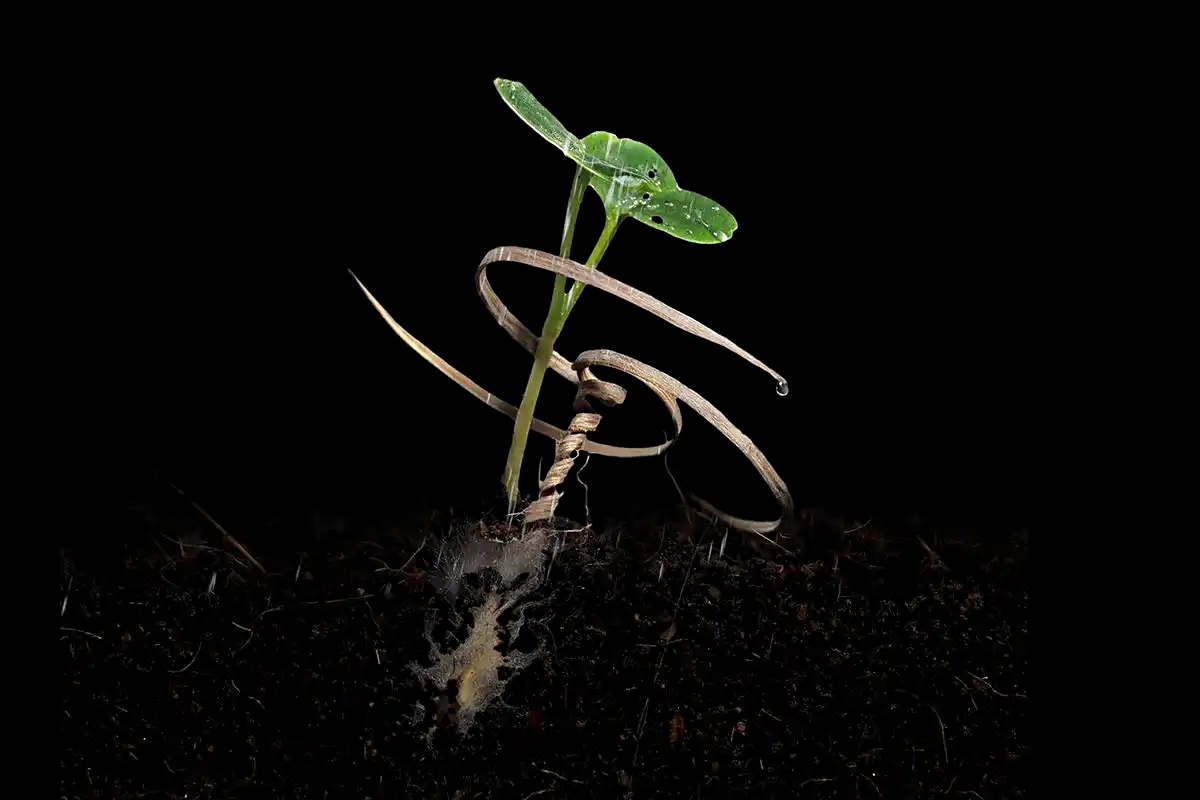
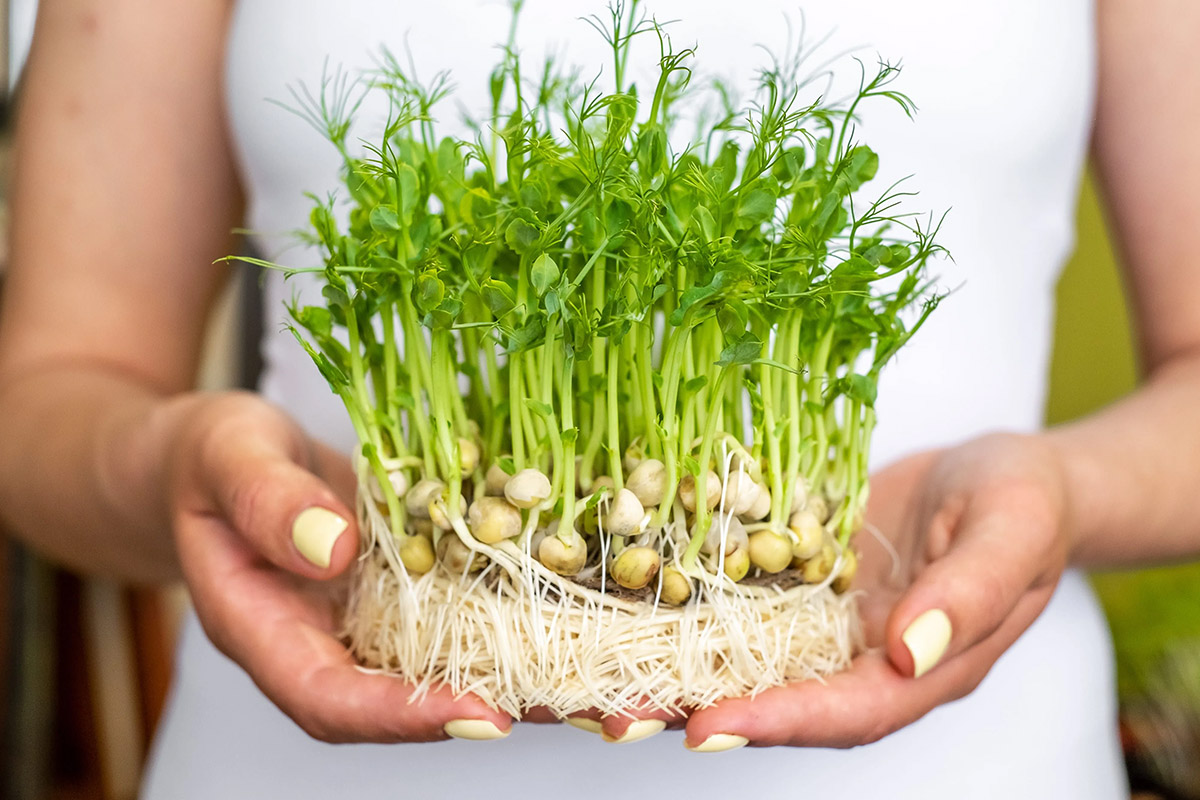
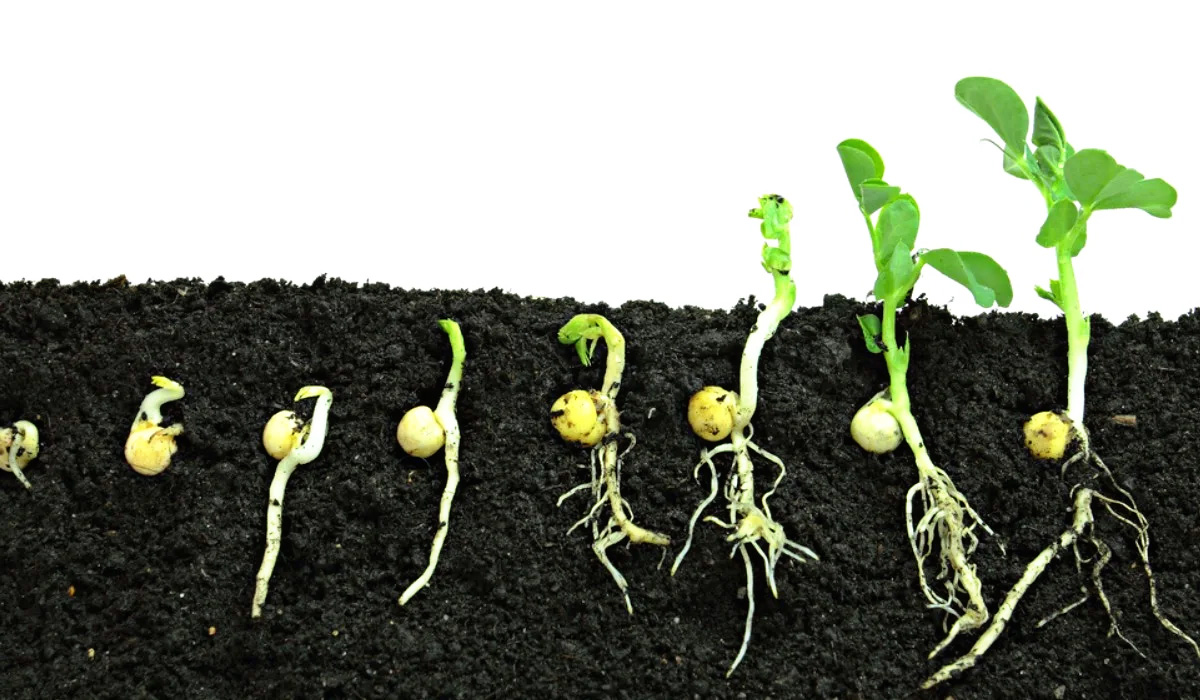
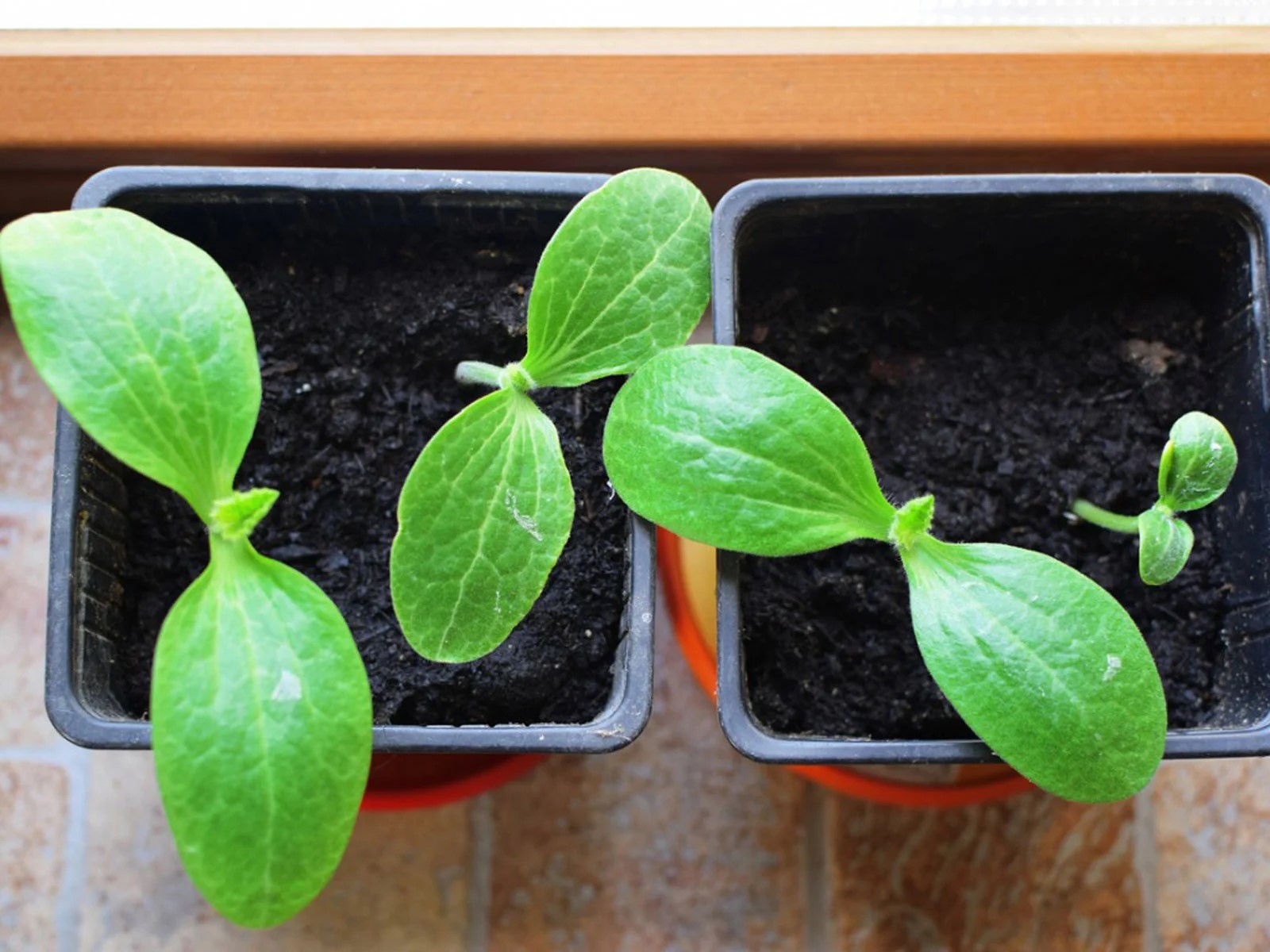
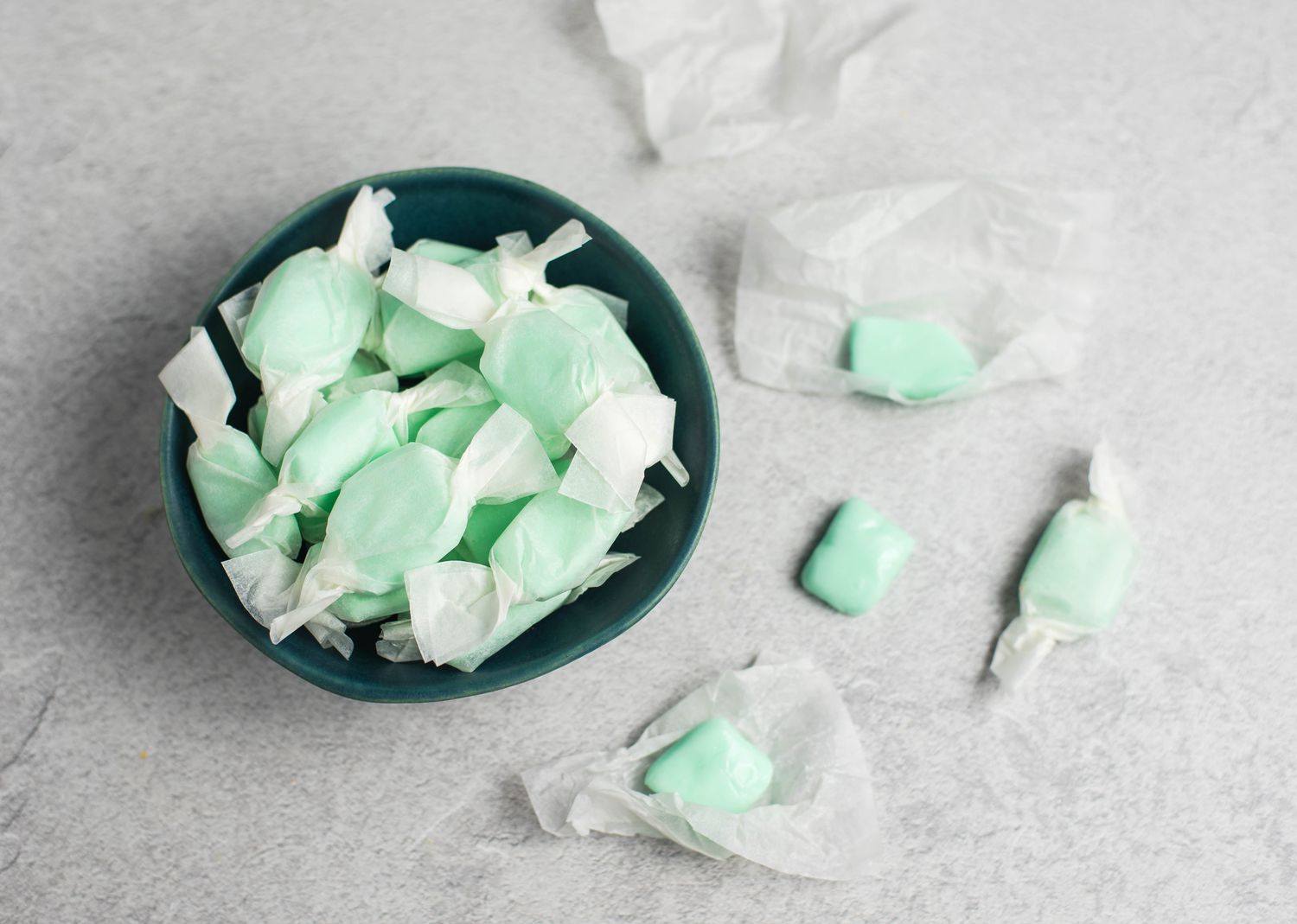
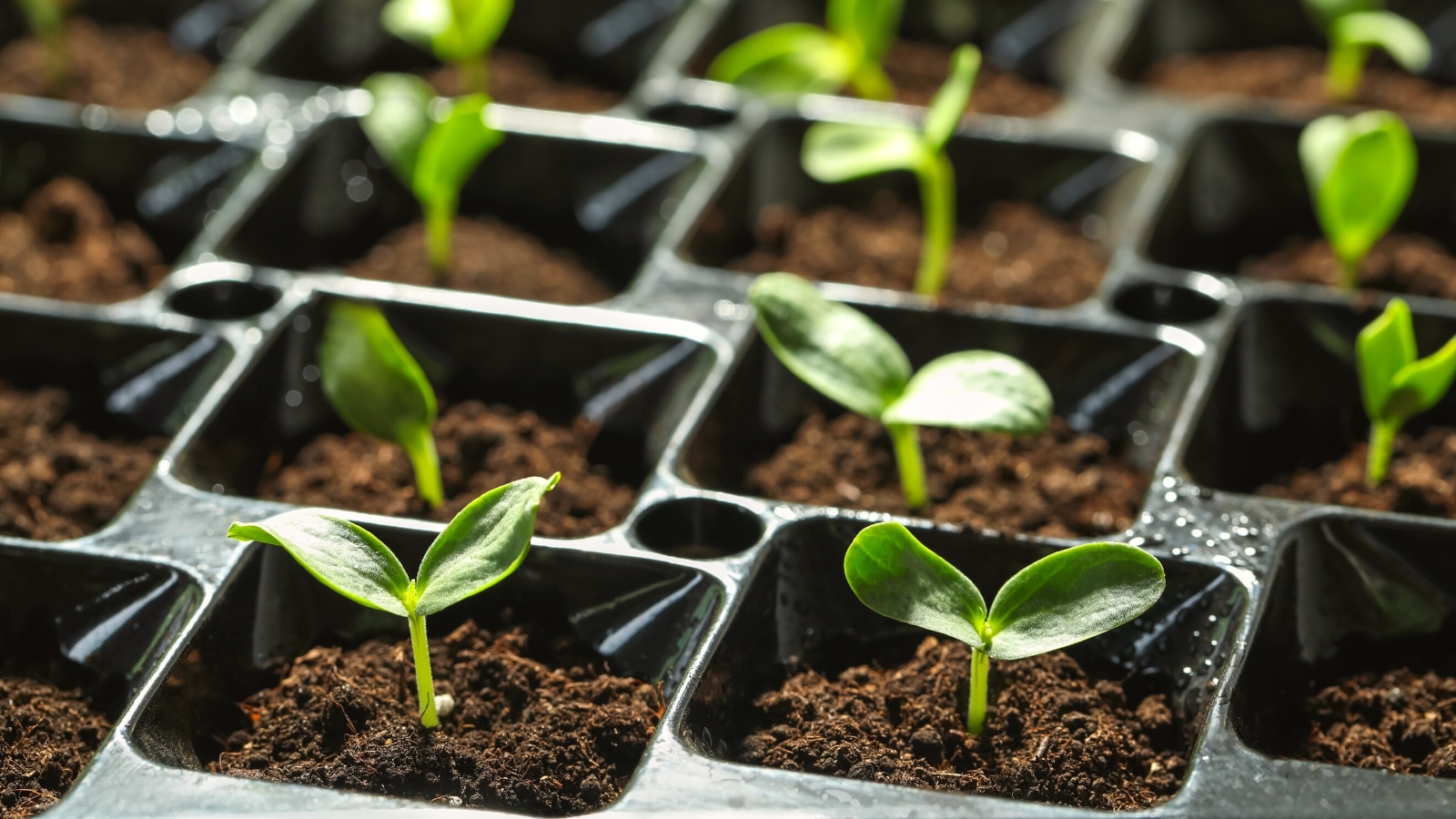
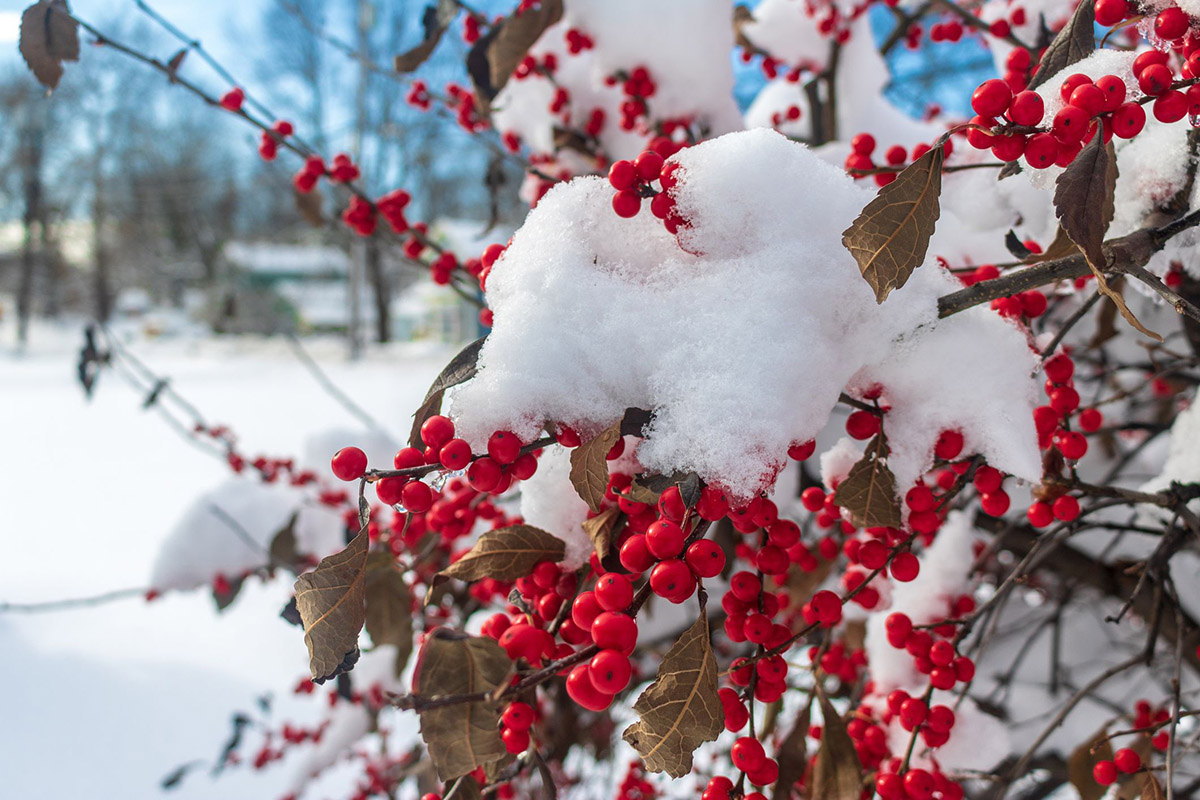
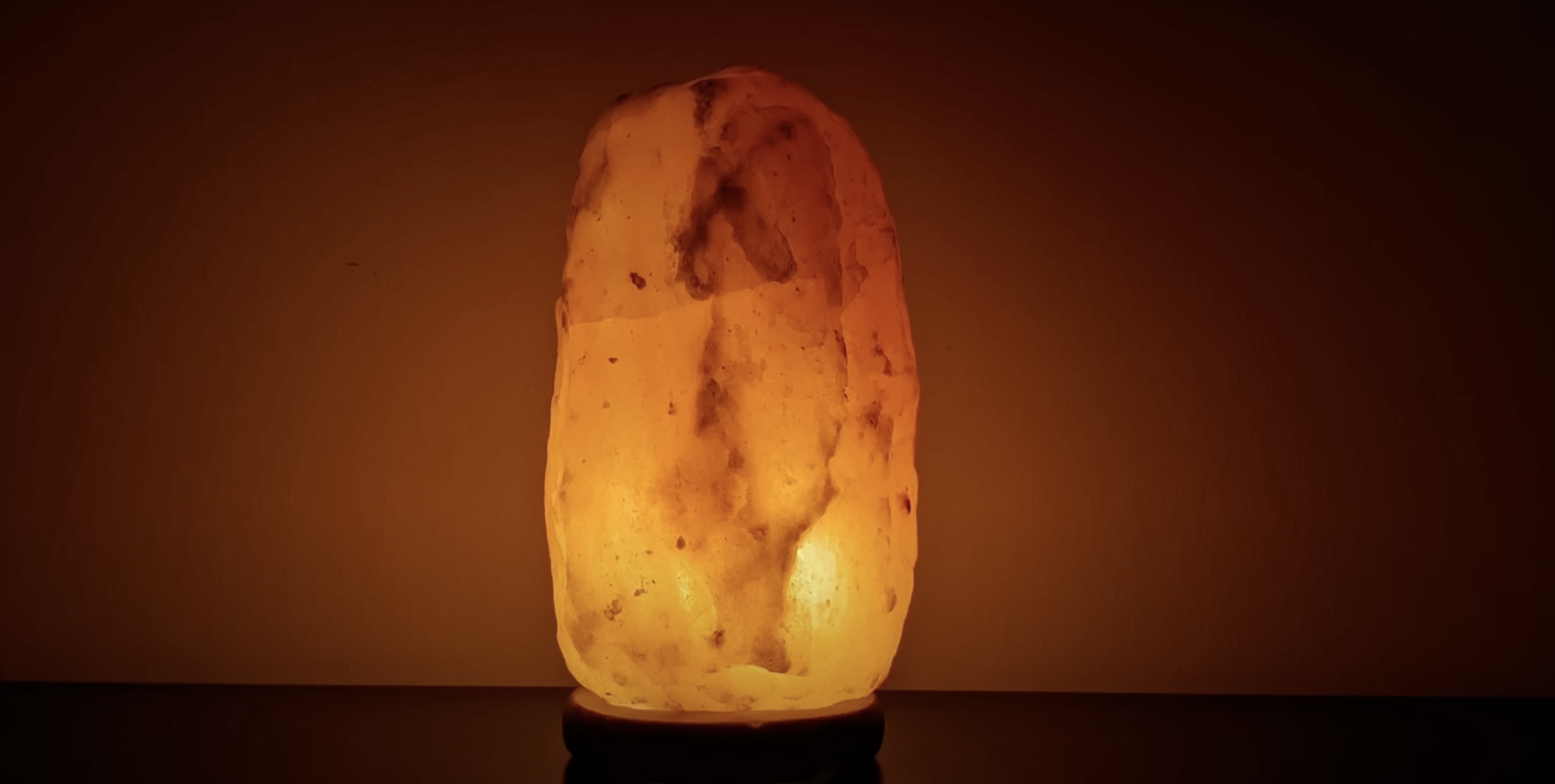
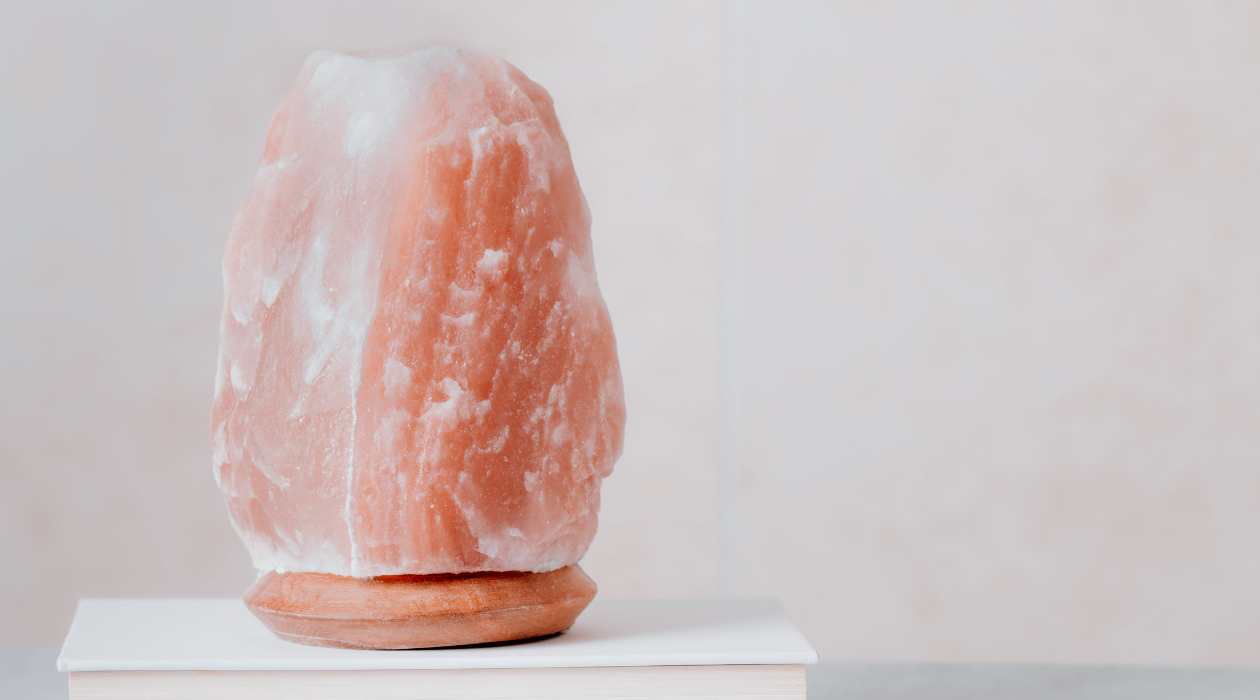
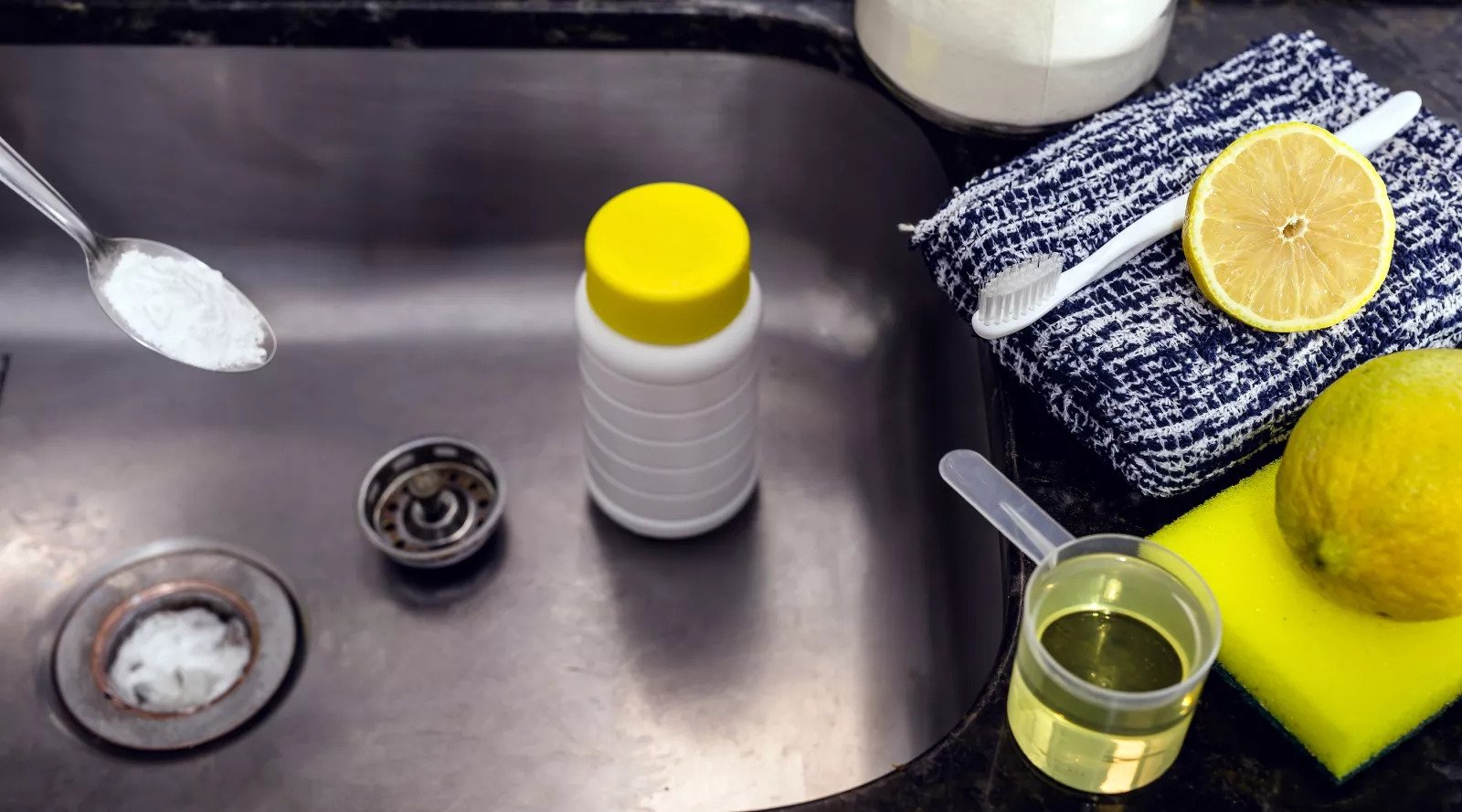
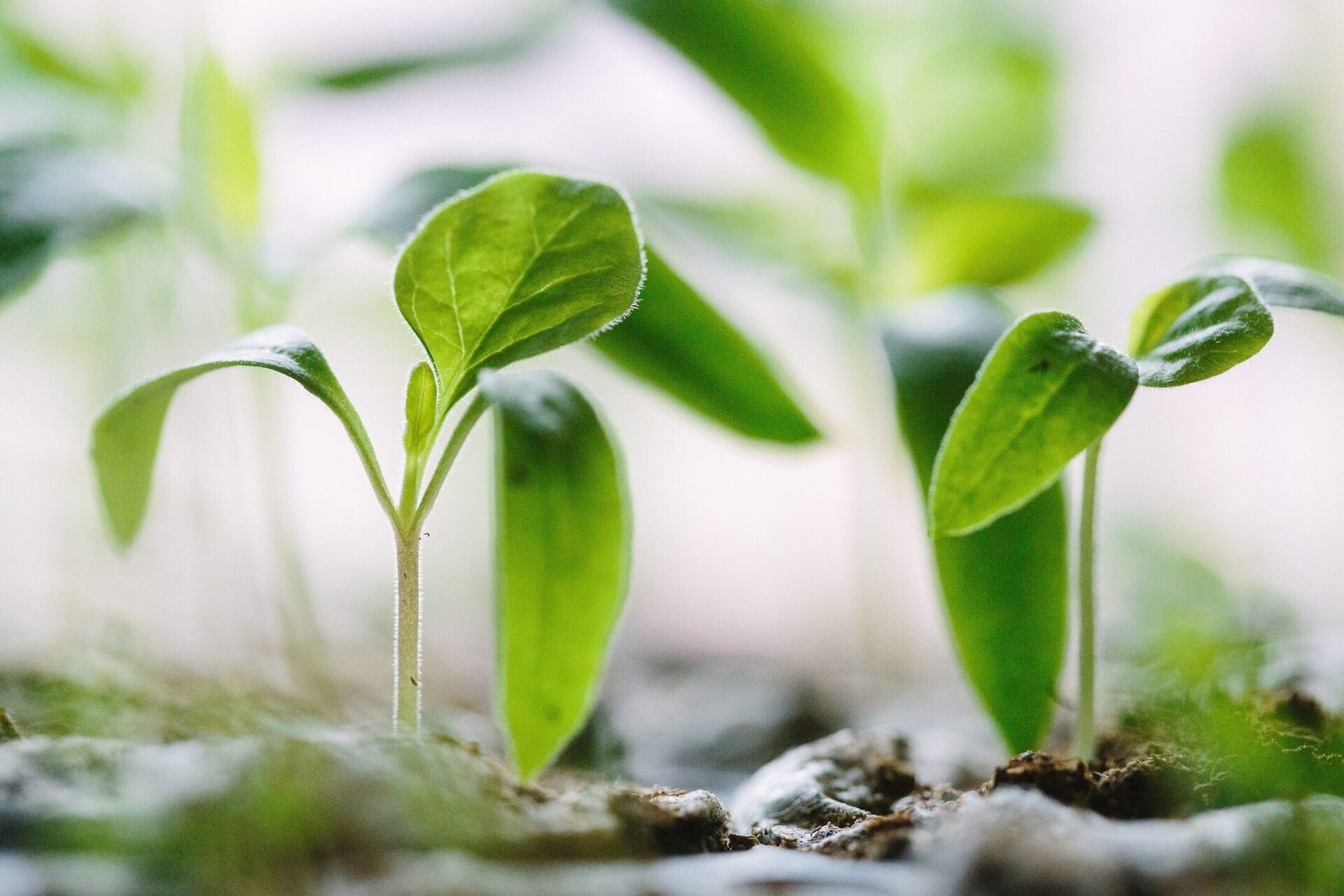
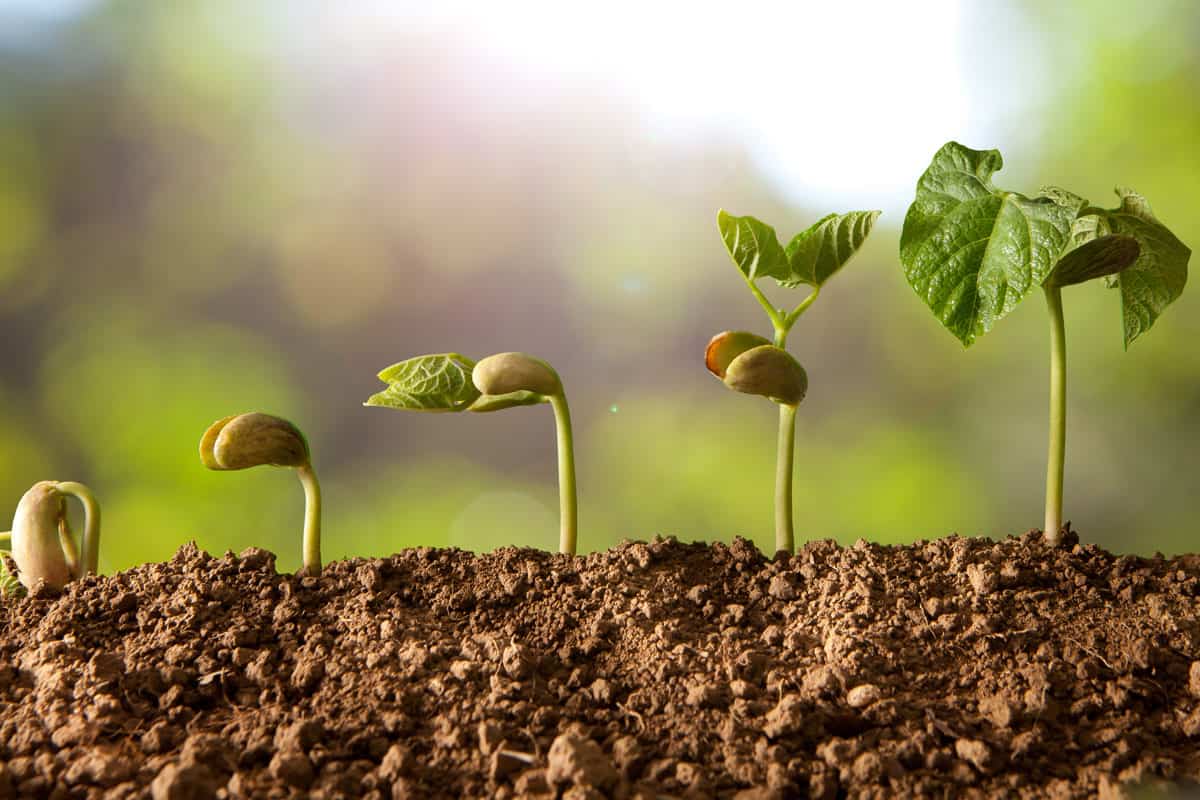
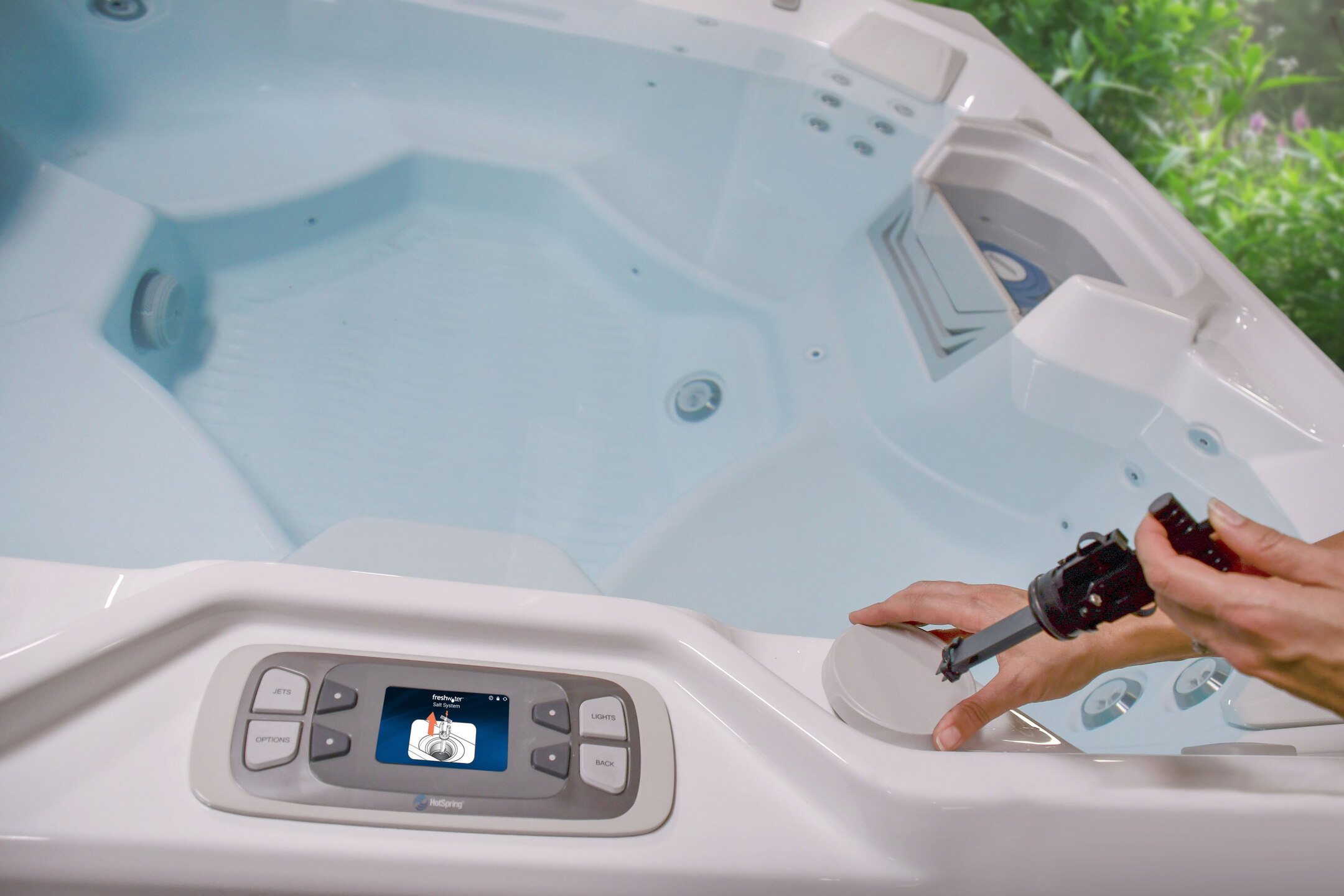
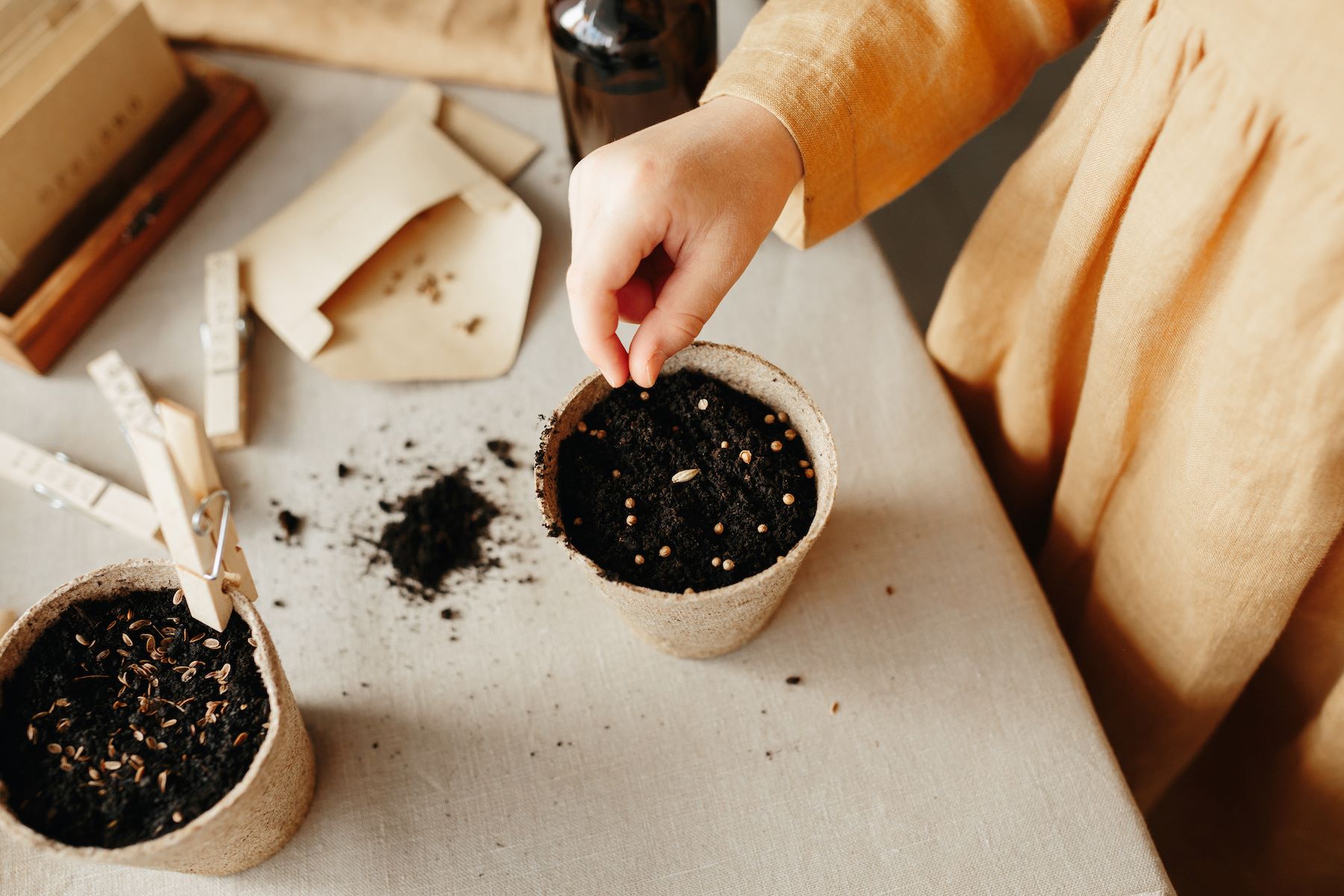

0 thoughts on “Why Can’t Plants Germinate In Salt Water”